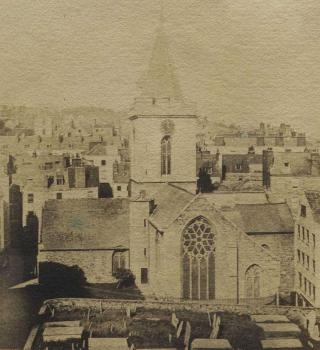Lost things: Alexander's Hotel
Once one of the very favourite places to visit on a Sunday and eat pancakes, and subject of a poem in Guernsey French by George Métivier. The illustration, entitled 'Stacks of seaweed at Alexander's Hotel' is from R. Ellis' Rambles among the Channel Islands, by a Naturalist, 1854.





